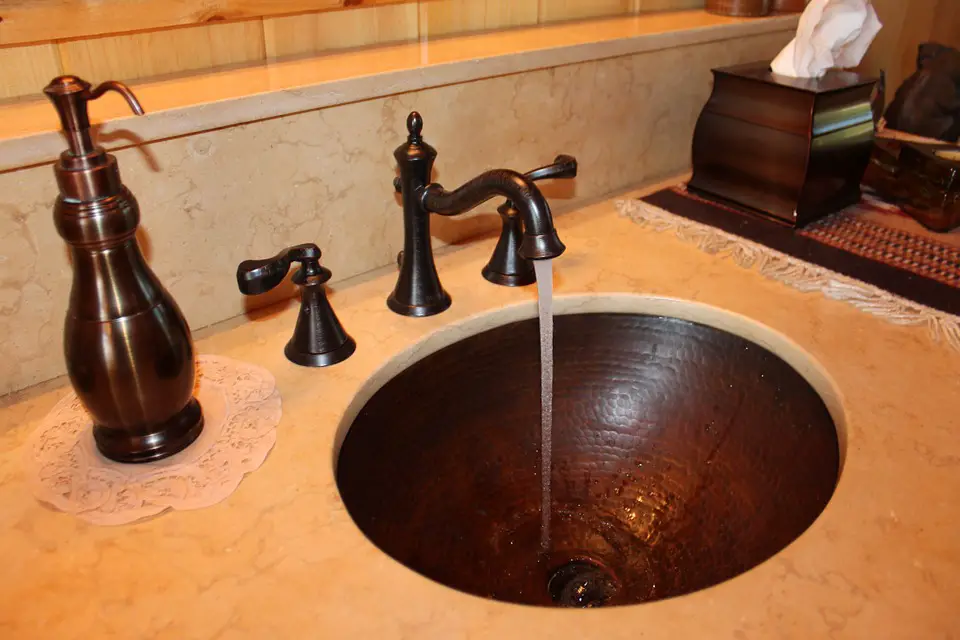The plumbing in older homes can often be quite different from the fixtures installed in newer houses today. Although older properties have their charm, this can conceal a mix of potential plumbing issues. Any sort of problem tied to plumbing can be very problematic because plumbing is expensive to fix.
An older home describes plumbing that was built 30 years ago or longer. Properties like these warrant a careful inspection to determine what concerns are present and how to resolve them. It is worth noting that since older homes typically get renovated, the plumbing might be replaced and updated recently. Just because you have an older property doesn’t mean the plumbing is outdated.
Here are a few plumbing tips for older homes that can save homeowners lots of money:
1. Have Your Plumbing Inspected
If you are buying an older home or have never had your existing home inspected, have the plumbing carefully looked at not only for any potential repairs but also to see the type of pipes you have. Homes built before the 1990s are at risk of having outdated, dangerous pipes that need replacement. Any sort of lead, galvanized, or polybutylene pipe should be analyzed by a professional plumber to determine the next steps.
2. Don’t Neglect the Signs
An older home may or may not show visible signs of plumbing trouble. If you see signs, don’t ignore them. Discoloration, water stains, and warping are all signs of water damage. An exposed pipe or any visible water pipes should be checked as well.
If you see anything like corrosion, dimpling, or flaking, these are all signs a plumber should be brought in to identify the source of trouble. The plumber may provide some insights on how to fix it.
3. Inspect Sewer Lines
As one might expect with older homes, the sewer lines are not as powerful in older homes. Combined with the stress of use over time, sewer lines are prone to failure in an older home. It’s not uncommon to see sewer lines shifting or being damaged due to tree root growth. A trenchless sewer line replacement or relining is fast, efficient, and may be needed in some examples to remedy the issue before it becomes something more.
4. Fixtures Corrode and Fail
You don’t see things like faucets and fixtures lasting forever. Due to general wear and tear or corrosion, they can restrict water flow, break off, or leak. It can be mildly inconvenient and not necessarily something in need of an immediate fix, or it can be downright expensive and disastrous. Things like a rusty water line valve under the sink should be addressed before they fail and cause extensive damage to your home.
5. Pipes Aiming Downward
When pipes are installed underneath your home, they can shift and move in accordance with how the house moves with the ground. If they shift downward, this creates a slope. In some cases, this can restrict water and create pools in the form of a stoppage or leak, necessitating a trenchless pipe bursting. If you are dealing with a negative sloping pipe, a plumber should assess how severe the issue is.
6. Look Out for DIY Repairs
Let’s say you’ve bought a home that’s 75 years old. In that time, lots of plumbing repairs were probably done. They may not all be perfect. Some plumbing solutions can be downright strange. You might discover things like unsecured pipes, sink traps not properly installed, or other hazardous problems. For instance, you may find water heaters that aren’t working as intended or improperly sloped showers. You have to involve a problem plumber to tackle trouble like this.
7. Check for Low Water Pressure
It’s not uncommon for water pressure to be different around the house, depending on what sediment has built up inside a pipe or if there’s a leak present. If it has always been that way, a plumber should still inspect the condition. However, the problem may not be as immediately necessary as it is if water pressure suddenly drops.
Stay alert to any changes in how the water is running. If there are new sounds around running water or new smells, it might prove there’s a failure or something’s different somewhere in the system.
8. Do Preventative Maintenance
The best way to tackle the wear and tear of plumbing in an older home is to do preventative maintenance regularly. Have a professional plumber inspect your home once a year. They will identify any issues as they’re coming up and hopefully, you never have to go through an unexpected failure necessitating an immediate repair.
While you can do the inspection on your own, it’s still strongly recommended to have the help of a professional. This plumber has the resources to approach problems that may not necessarily be obvious.

